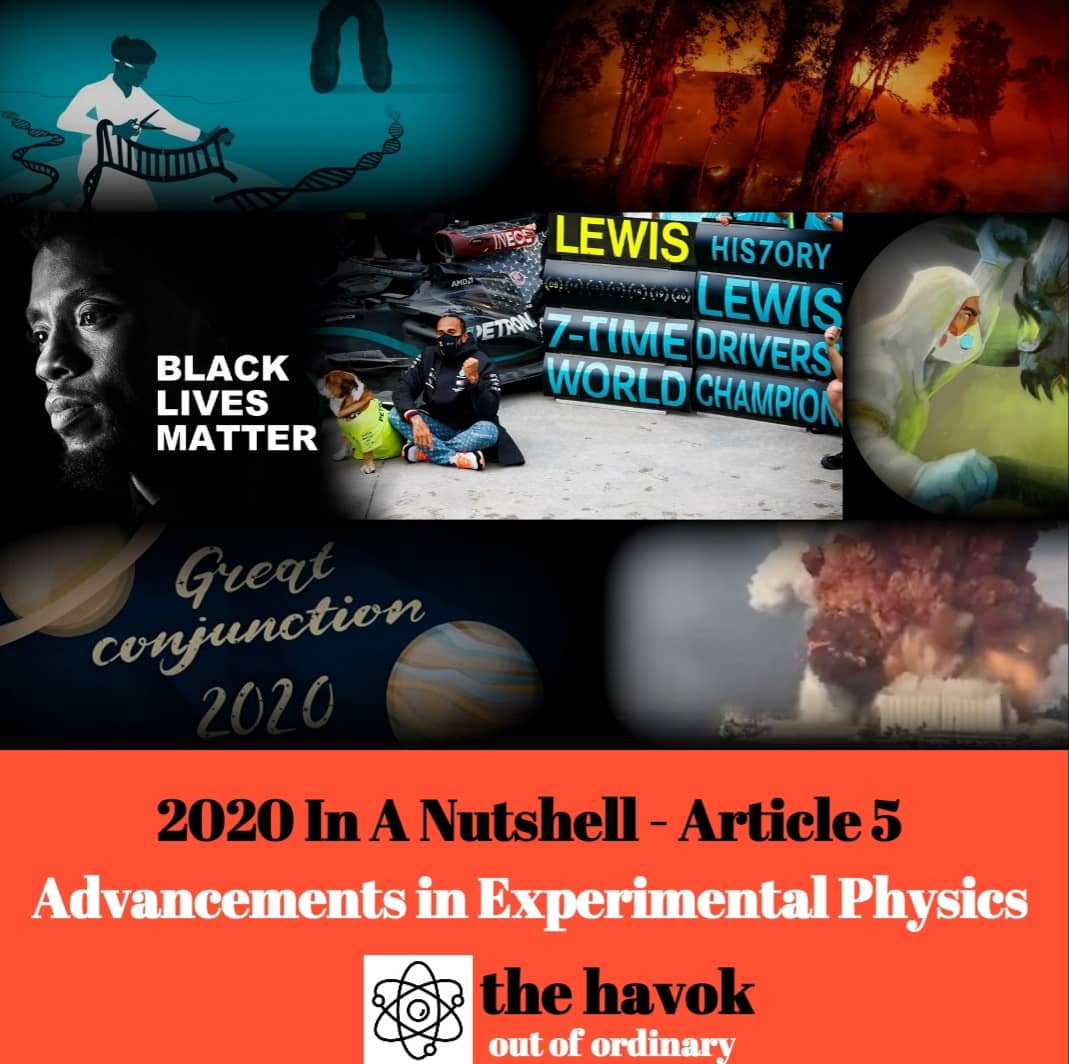Physics has been making groundbreaking discoveries over the years. Sometimes coming up with an update to some existing theory, or sometimes making a completely new theory to explain a new phenomena. But the real challenge lies in coming up with an experimental technique to validate the theory. Here are few such experimental feats that were achieved in this year.
1. Taking snapshots of Quantum Measurement:
Marcus Hennrich and his colleagues at the Stockholm University, Sweden, together with the researchers at the University of Siegen in Germany and the Basque Country & Seville in Spain used a series of “weak measurements” to see the process of quantum mechanics.
Some ideal measurement forces a quantum system into a classical state causing it to destroy all the Quantum-Information in the process.

Measuring a quantum bit
(Image: towards datascience)
But their groundbreaking research shows that some weak measurements can be done on a system, so that not all the Quantum-Information is lost, and the act of measurement is not instantaneous although it takes less than a fraction of milliseconds to occur.
They did the measurement experiment on a single ion of Strontium with two possible energy levels. They excited it with a laser and observed the radiated photon. Weak measurements can be done by gradually reducing the power of laser, so that it can give results as ‘snapshots’.
2. Borexino spots solar neutrinos from an elusive fusion cycle:
(GIF: The Atlantic)
Astrophysicists believe that stars convert Hydrogen to Helium via two processes. One is called the PP chain in which two protons collide to form deuterium which in turn collides with another proton to form helium-3. Finally two helium-3 fuse to create a helium-4 emitting neutrino in the process.
The second process is carbon-nitrogen-oxygen cycle (CNO) responsible for 1% of fusion energy in sun sized stars. This theory was proposed in 1938 by Hans Bethe and Carl Friedrich von Weizsacker. This cycle is driven by the fusion of protons with carbon, nitrogen and oxygen nuclei in a six-step process that creates one helium-4. The process is very difficult to observe and hence there was almost no proof supporting it, until the Borexino experiment was conducted.
The data in the study was acquired during phase-III of the Borexino experiment which ran for over 1000 hours starting from July 2016 to February 2020. This result provided important confirmation of how the CNO cycle should dominate the fusion in stars larger than sun.
3. Fundamental constants set upper limit for the speed of sound:
Kostya Trachenko of Queen Mary University of London and her colleagues at the University of Cambridge and the Russian Academy of Sciences’ Institute for High Pressure Physics derived a formula which can determine the upper limit of sound, comprising only of fundamental constants, i.e. fine structure constant and proton to electron mass ratio.

(Image: Cartoon Stock)
Initially the speed of sound depends on modulus of elasticity of the material. This can be written in terms of electrostatic interactions, in which case the velocity of sound can be simply expressed in terms of proton to electron mass ratio (inverted halved and square rooted), fine structure constant and speed of light in vacuum.
Plugging in the values, researchers found that the highest possible speed of sound comes out to be 36000 m/s which is twice as fast as the recorded 18000 m/s obtained for diamond. This formula was also tested for metallic hydrogen, and the experimental value was found to be 35000 m/s, which was still below the upper limit.
Read the other such amazing set of pieces in our series of articles: 2020 in a Nutshell
physics




Wow that was unusual. I just wrote an really
long comment but after I clicked submit my comment didn’t appear.
Grrrr… well I’m not writing all that over again. Regardless, just
wanted to say excellent blog!
I got this site from my buddy who shared with me concerning this web site and at the moment this time I am browsing
this web site and reading very informative content at this time.